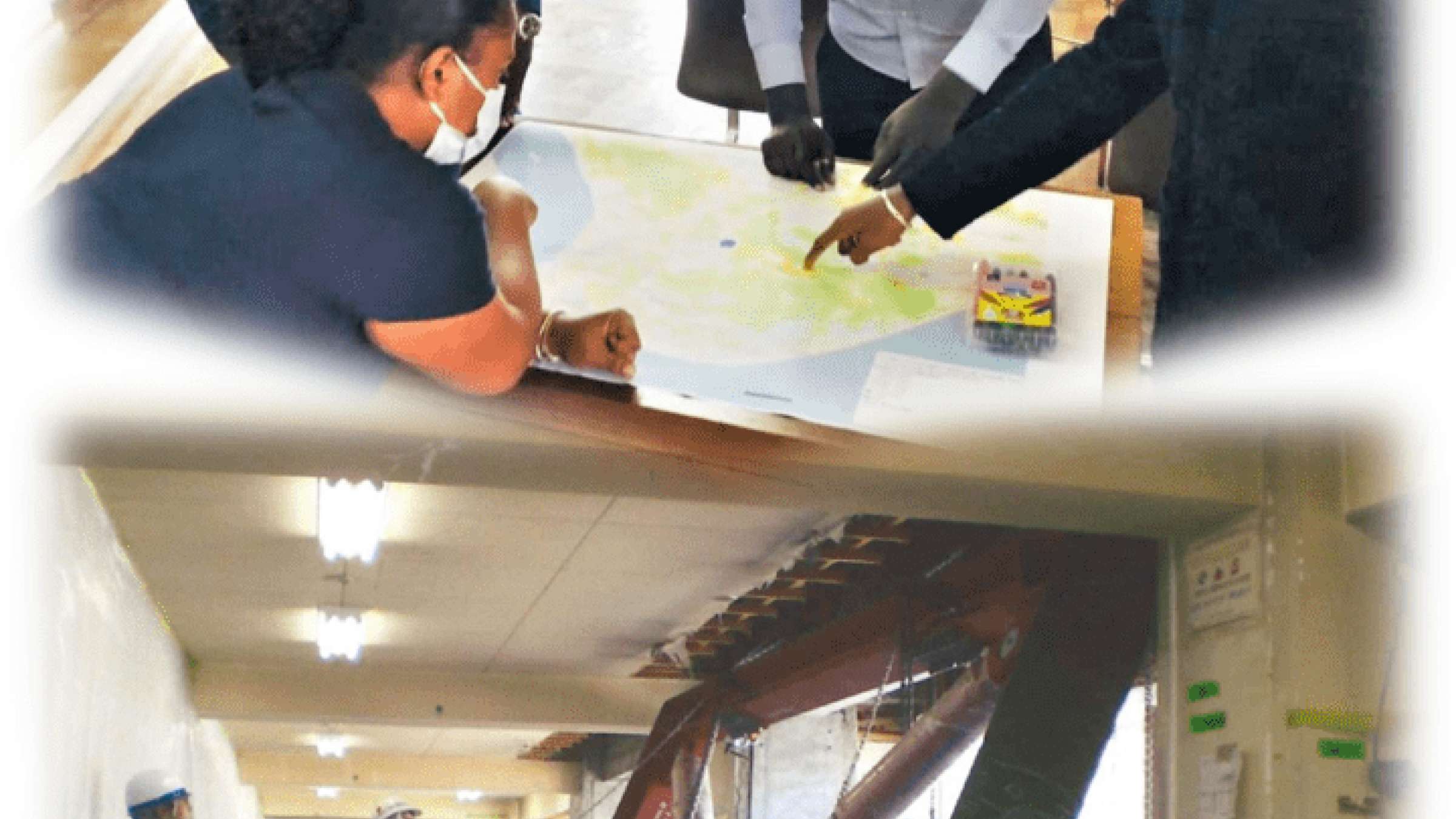From DRR Strategies to DRR Investments-Keys to successful implementation of the Sendai Framework beyond the Global Target E
Taking stock of the Global Target E, this event will highlight the importance of improving the quality of DRR Strategies and accelerate DRR investments in order to achieve the Sendai Framework and the Sustainable Development Goals.
As we reached 2020, the end year for the Target E, 120 countries reported having National and/or Local DRR Strategies in the Sendai Framework Monitor. During the latter half period of the Sendai Framework, efforts should be made not only to further increase the number of countries having Strategies but also to improve the quality of the Strategies so that they will guide governments to accelerate pre-disaster DRR investments. This is particularly important in low and middle income countries which are severely impacted by climate change.
The side event will share good examples at local and national levels and explore the ways in which governments can accelerate DRR investments in a planned manner.
Session objectives
- Stock-take the progress of the Global Target E
- Share good practices and lessons on transforming DRR Strategies into actual actions, particularly planned DRR investments
- Review the importance of disaster statistics and monitoring to assist evidence-based policy making and implementation
Registration
Moderator
- Dr. Satoru NISHIKAWA, Professor, Disaster Mitigation Research Center, Nagoya University
Speakers
- Dr. Raditya Jati, Deputy Secretary for System and Strategy, National Disaster Management Agency, Indonesia
- Ms. Kazuko KOHRI, Mayor, City of Sendai, Japan
- Ms. Angelika PLANITZ, Team Leader, Global Disaster Risk Reduction Node,UNDP
- Dr. Yuichi ONO, Professor, Practical Research and Collaboration Division, International Research Institute of Disaster Science, Tohoku University
Documents
Learn more
This event will be live streamed using Zoom. Event participants, both on site and online, will participate in the discussion as the moderator will offer a Q&A session with both
Where do we stand
According to the Sendai Framework Monitor, as of October 2021, 120 countries reported National and/or Local DRR Strategies in place. Yet this figure does not show how much progress have been achieved around the Global Target E in terms of the implementation of the DRR Strategies. There are still sizable shortfalls at both national and local levels, and more importantly, huge gaps in the quality and coverage of the Strategies.
National and Local DRR strategies are essential elements of any functioning DRR governance system. One of the important roles of a National level Strategy is to guide the local level government in developing appropriate Local Strategies in accordance with the National Strategy. The challenge is to roll out the national model to be properly adapted in every local government, in accordance with its own unique characteristics, and how to secure necessary resources for its implementation. At local level, reflecting the lessons learnt of previous disasters and multi-stakeholder involvement for its implementation is the key to success. Sharing success stories is essential for other localities to start their planning process.
High quality DRR Strategies should be prepared and implemented globally since even a large amount of aid will not be effective if the governance function is paralyzed. The roles of international organizations and aid agencies are also indispensable in this regard. UNDP has signed an agreement with UNDRR to contribute to Sendai Monitoring at the country level and to help each country develop disaster loss and damage statistics.
Session guiding questions
- What are the essential elements of a high-quality DRR Strategy that will accelerate pre-disaster DRR investment?
- What is the most effective pre-disaster investment on DRR to be materialized by high-quality DRR strategy?
- What are the keys to successfully transform a DRR Strategy into actual actions?
- How can a National Strategy be rolled-out into Local Strategies?
- How can a government develop disaster statistics and continue monitoring with limited human resources and capacity?
- How should international organizations and aid agencies support the rolling out and implementation of DRR Strategies?

Agenda
Location
BNDCC 1-1st Floor
Online access
Participation
Open to those registered for the conferenceDetails
Contact
Ms. Shoko KABUTO, Deputy Director of International Cooperation Division, Disaster Management Bureau, Cabinet Office of Japan , Ms. Kotomi MASUDA, Deputy Assistant Director, Disaster Risk Reduction Team2, Disaster Risk Reduction Group, Global Environment Department, JICA [email protected]
